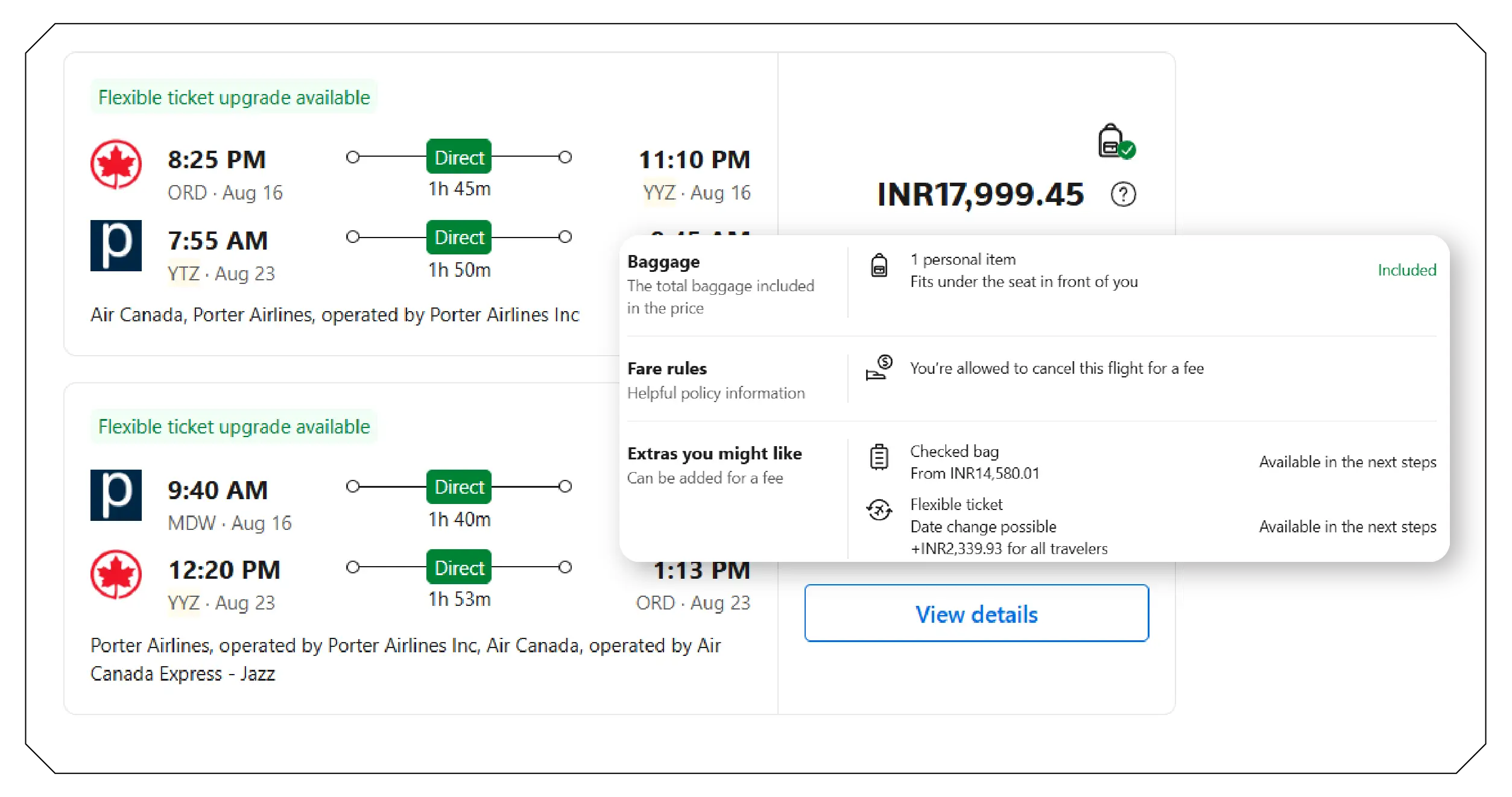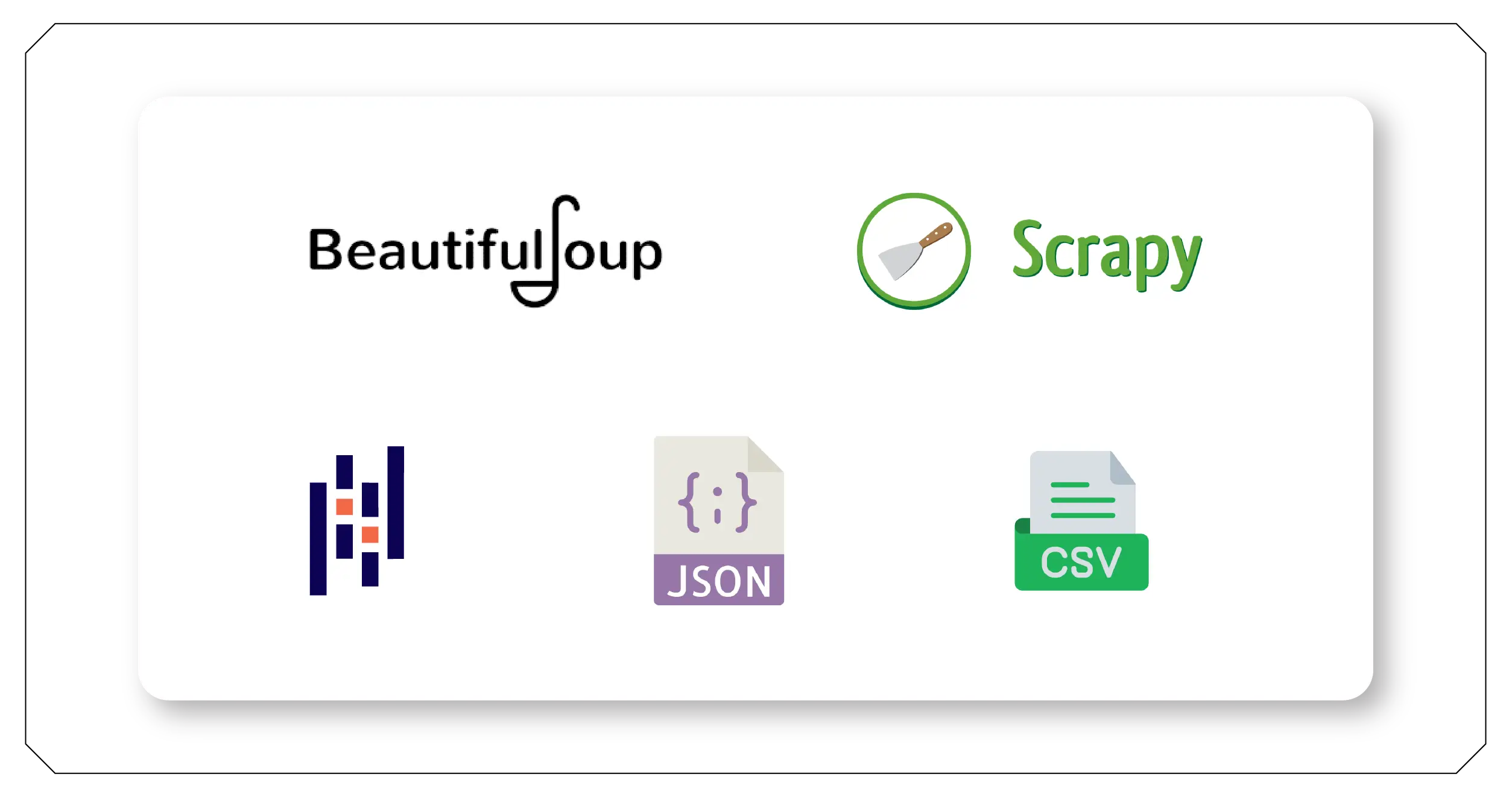How Can You Build a Flight Price Scraper to Track Real-Time Airfare Changes?

Introduction
In the fast-paced world of travel and aviation, keeping track of fluctuating flight prices is crucial for travelers, developers, and businesses alike. Whether you're launching a price comparison platform, powering a travel alert system, or analyzing fare trends, having the ability to build a flight price scraper puts you in control. Leveraging Python and Scrapy, you can design a Python flight data scraper that continuously monitors prices, giving you an edge in a highly competitive space. These tools allow for scalable, real-time data collection and seamless integration into applications or dashboards. By creating your own Scrapy airline tracker, you not only reduce dependency on third-party APIs but also ensure that your data collection adapts to your specific use case, whether it's budget travel insights or dynamic pricing strategies. In this blog, we'll guide you through each step of building your scraper, ensuring a practical understanding of setup, deployment, and execution.
Why Build Your Flight Price Scraper?

Online travel agencies and flight aggregators typically rely on large-scale price tracking systems. However, building your own flight price monitoring tool helps you focus on routes and dates that matter to your use case. You'll also reduce dependency on third-party APIs, giving you complete control over your data pipeline.
As flight prices constantly fluctuate based on demand, seasonality, and availability, having a real-time flight scraping system can offer you a competitive edge. Whether you are tracking price drops for a specific route or compiling datasets for machine learning models, scraping ensures you get what you need, when you need it.
Tools You'll Need

- Python 3.9+
- Scrapy Framework
- BeautifulSoup (Optional)
- Pandas / JSON / CSV Libraries
- Rotating Proxies (Optional for larger scraping volumes)
- Headless Browsers or Selenium (for dynamic content)
By integrating these tools, you can efficiently scrape airfare data with Python, eliminating the need for unreliable manual tracking or outdated APIs.
Planning Your Scraper
Before writing any code, you need to:
- Select your target websites (e.g., Skyscanner, Google Flights, Kayak, or airline-specific sites like Delta or Southwest).
- Identify the structure of the flight listings – especially price, route, time, and airline name.
- Inspect the webpage elements using the browser's developer tools (Inspect Element) to locate relevant tags.
This planning phase is crucial for any Flight Price Data Intelligence project, as it ensures that your scraper retrieves only the necessary data fields.
Creating the Scrapy Project
Start by creating a new Scrapy project:
scrapy startproject flight_scraper
cd flight_scraper
Then create a spider:
scrapy genspider flights delta.com
Your spider will be responsible for crawling URLs, parsing the response, and extracting relevant details. These details can help in Airlines Data Scraping to compare fare differences, identify low-season pricing trends, or even detect fare manipulation patterns.
Sample Code Structure
Here's a simplified spider for scraping flight deals:
import scrapy
class FlightsSpider(scrapy.Spider):
name = 'flights'
allowed_domains = ['example-airline.com']
start_urls = ['https://example-airline.com/flights?from=NYC&to=LAX']
def parse(self, response):
flights = response.css('div.flight-card')
for flight in flights:
yield {
'flight_number': flight.css('.flight-num::text').get(),
'price': flight.css('.flight-price::text').get(),
'departure': flight.css('.departure-time::text').get(),
'arrival': flight.css('.arrival-time::text').get(),
'duration': flight.css('.duration::text').get(),
}
This basic spider lays the foundation for your web scraping of flight data. You can enhance it further with pagination, custom headers, user-agent rotation, proxy handling, and export options like JSON or CSV.
Adding API Support
Some airline websites load flight data via JSON APIs. In such cases, Scrapy can extract data directly from the API endpoints. This is especially useful if you plan to scale with a Travel Scraping API infrastructure.
For example:
start_urls = ['https://api.airline.com/flights/search?from=NYC&to=LAX&date=2025-08-01']Capture this URL via the browser's developer tools "Network" tab and have Scrapy hit the API directly for a much cleaner data response.
Setting Up Output Format
Scrapy lets you export scraped data in multiple formats:
scrapy crawl flights -o flight_data.json
This data is critical for Real-Time Flight Price Monitoring systems, especially when integrated into dashboards or repricing tools.
Handling Dynamic Content
If the site relies heavily on JavaScript, consider integrating Selenium or Splash with Scrapy to automate tasks more efficiently. Though it adds some complexity, it's a must-have for dynamic airline fare sites.
Real-World Application: Airline Fares Monitoring
You want to track round-trip fares between New York and San Francisco for the next 60 days. You can:
- Create a list of URLs for each date range.
- Schedule Scrapy to run every 6 or 12 hours.
- Export data into a database or Google Sheet.
Such implementation supports the development of a flight fare tracker tutorial that provides actionable insights. It helps small travel agencies optimize promotions or alert users when prices drop.
Advanced Tips
- Use job scheduling tools like Airflow or Cron to automate scraping tasks.
- Store historical prices for analytics.
- Use machine learning to predict future pricing trends.
- Combine scraping with alert systems, such as email or SMS.
These features can power enterprise-grade flight scraping code solutions.
Automate Your Alerts
Scrapy doesn't include notification features out of the box, but you can integrate with services like Twilio or SendGrid to add this functionality. Automating emails when prices drop below a certain threshold brings added value, especially in cases where you use automated flight alerts for loyal customers.
Ethical Considerations
Always follow the website's robots.txt and terms of service. For high-volume scrapers, it's recommended to get data partnerships or use rate-limiting headers to stay compliant while still benefiting from airline fare scraping script strategies.
Extending Your Project
Want to scrape from multiple airlines?
- Create different spiders for each site.
- Use a scheduler to run them in parallel.
- Normalize the data format for consistent insights.
A multi-source Scrapy spider flight deals system becomes a powerful tool for building global airfare analytics.
How Travel Scrape Can Help You?
- Custom Scraper Development – We build tailored flight price scrapers using Python and Scrapy, specifically designed for your preferred airline sites or aggregators.
- Real-Time Price Tracking – We implement live airfare tracking features, allowing you to monitor changes instantly and make informed pricing decisions.
- Data Structuring & Storage – We organize scraped data into usable formats, such as CSV, JSON, or databases, for seamless integration into your system.
- Scalability & Automation – We design scalable scraping solutions with automation to run daily, hourly, or as per your needs.
- Compliance & Efficiency – We ensure your scraper is optimized for speed, accuracy, and respects site policies for sustainable data extraction.
Final Thoughts
A DIY price scraper built with Python and Scrapy can offer scalable, customized solutions for travel agencies, deal websites, or even individual travelers. With a reliable structure, automated alerts, and predictive insights, you'll always stay one step ahead of the pricing game.
Whether it's identifying flash sales or helping your customers save, a well-built scraper becomes a strategic asset.
In conclusion, using travel price scraping with Python, you can build robust systems that scale. With an open-source travel scraper, you can extend and contribute to community solutions, and with Python web scraping for travel , your capabilities are only limited by your imagination.
Ready to elevate your travel business with cutting-edge data insights? Get in touch with Travel Scrape today to explore how our end-to-end data solutions can uncover new revenue streams, enhance your offerings, and strengthen your competitive edge in the travel market.
.webp)
.webp)